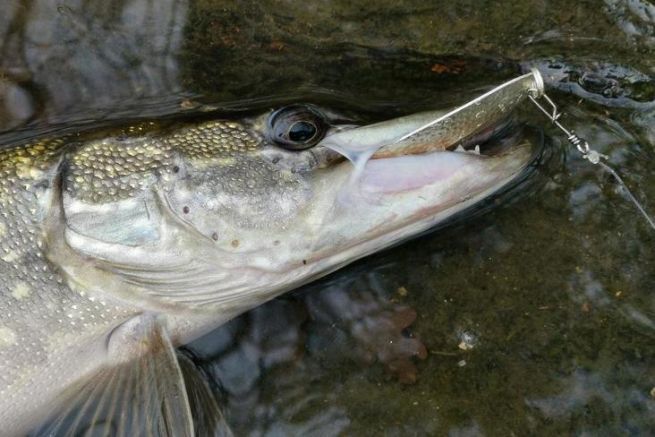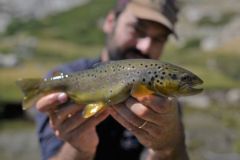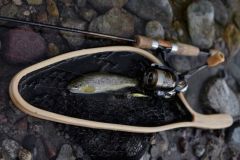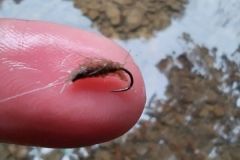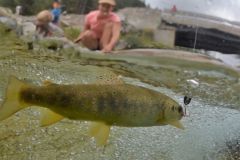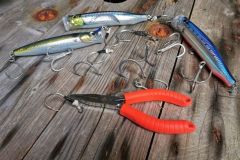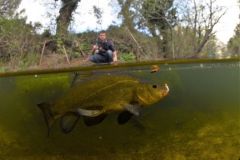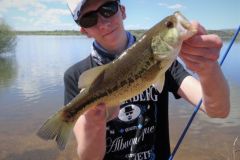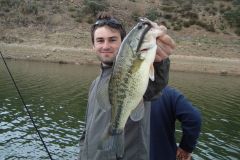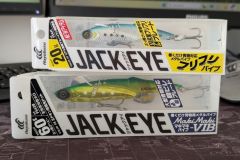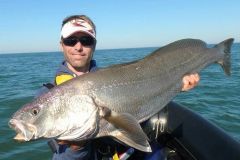Today, metal lures are mainly used for jigs, spinnerbaits and chatterbaits. However, spinners and wobblers, their ancestors, are still particularly effective tools for pike fishing. I confess to having a particular weakness for the wobbling spoon when it comes to stalking this species, as it allows you to fish at all water depths and speeds.
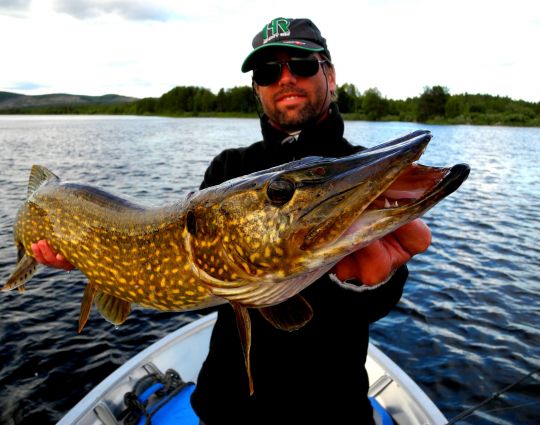
A neglected but still effective lure
Wobbling spoons have long been neglected in France, not only by anglers but also by manufacturers and distributors, who rarely offer new products. Moreover, it's not always easy to find more than one or two references in tackle stores. As a result, its use today remains highly confidential due to its image as a lure from another era... A pity for those who do without!
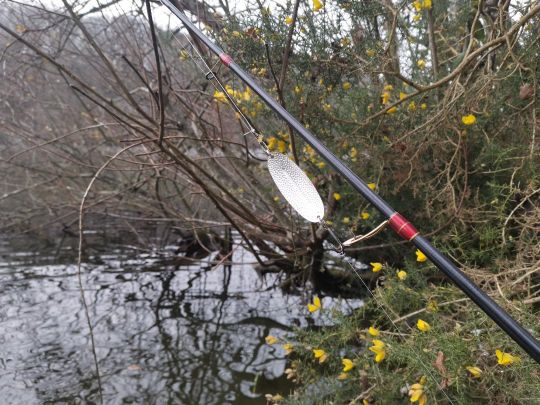
Balance and imbalance
The principle of the undulating spoon is that its particular shape means that it never manages to remain stable in the water. Its sides press against the water to find a precarious equilibrium, and in a fraction of a second, an alternation of equilibrium and imbalance takes place, giving the undulating spoon its distinctive swimming action in the water.
This vain search for balance and permanent imbalance of the lure in the water results in a disordered and unpredictable evolution, and it is this characteristic that so appeals to pike and many other species...
Sometimes it undulates, sometimes it sways, flickers, slips and slides! It falls like a dead leaf, stretching and relaxing your banner as it pleases! In the end, in water, the undulator lives its own life, and that's how you should use it.
2 main shapes
There are several variables that can be used to characterize a ripple:
- Its thickness
- Its width
- The number of facets
- Profile
- Its shape
With regard to this last parameter, there are 2 main shapes: concave (or curved) wobbling spoons and S-shaped spoons like the famous Mepps Syclops.
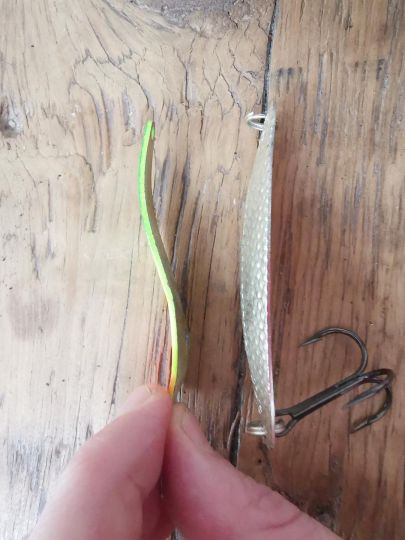
3 possible animations
The ripple is a lure that can be used to fish at all water depths and speeds, thanks to its weight and shape.
The 3 possible animations are as follows:
- Linear on a continuous retrieve on the reel, the undulating lure will glide more or less haphazardly and will be quite sufficient to seduce active pike. Punctuate your retrieve with a few pauses where your lure will drop like a dead leaf to make it more effective.
- Walking the dog to achieve this animation, which is a little more aggressive and dynamic than linear fishing, simply make successive twitch strokes, alternating with a quarter turn of the crank (to retrieve the banner). This more aggressive animation works perfectly on chasing fish and allows you to multiply light signals.
- In traction the last way to animate your undulating lure is to perform a succession of pulls with your rod (of varying degrees of amplitude) and then let it come back down by "holding it on a leash" with the banner taut. In reality, this will alternate between tense and slack phases as your lure wanders from right to left in search of its balance. Most bites will occur during this phase.
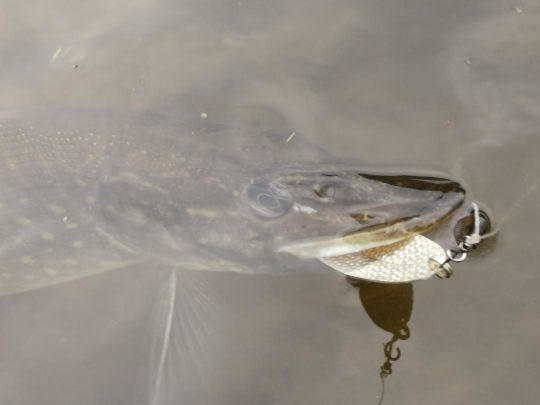
If you don't have a rippler in your tackle box, I'd advise you to invest in one or two models, as there's a good chance that one day they'll unlock a fishing hole that's already been dug...

 /
/ 